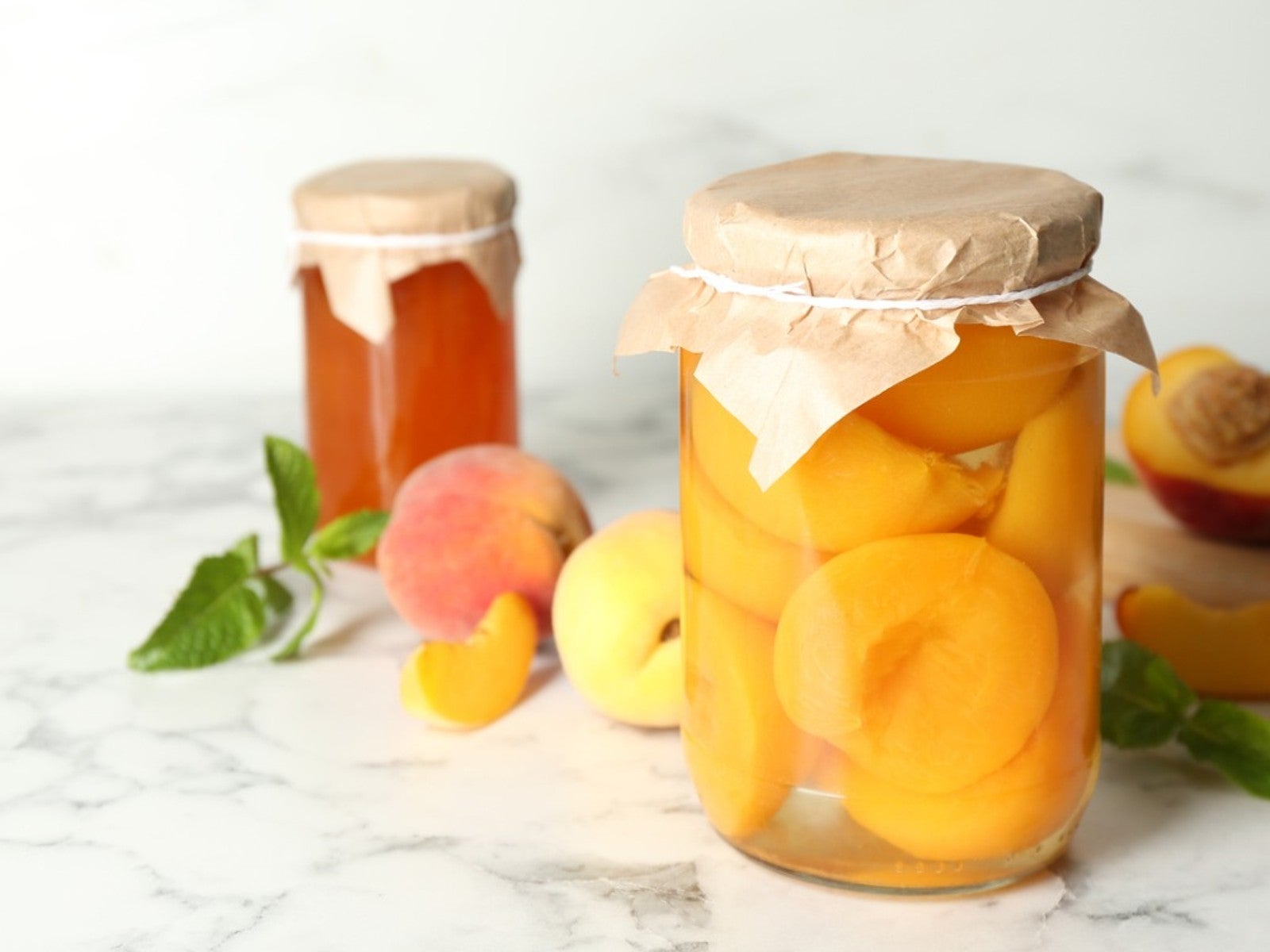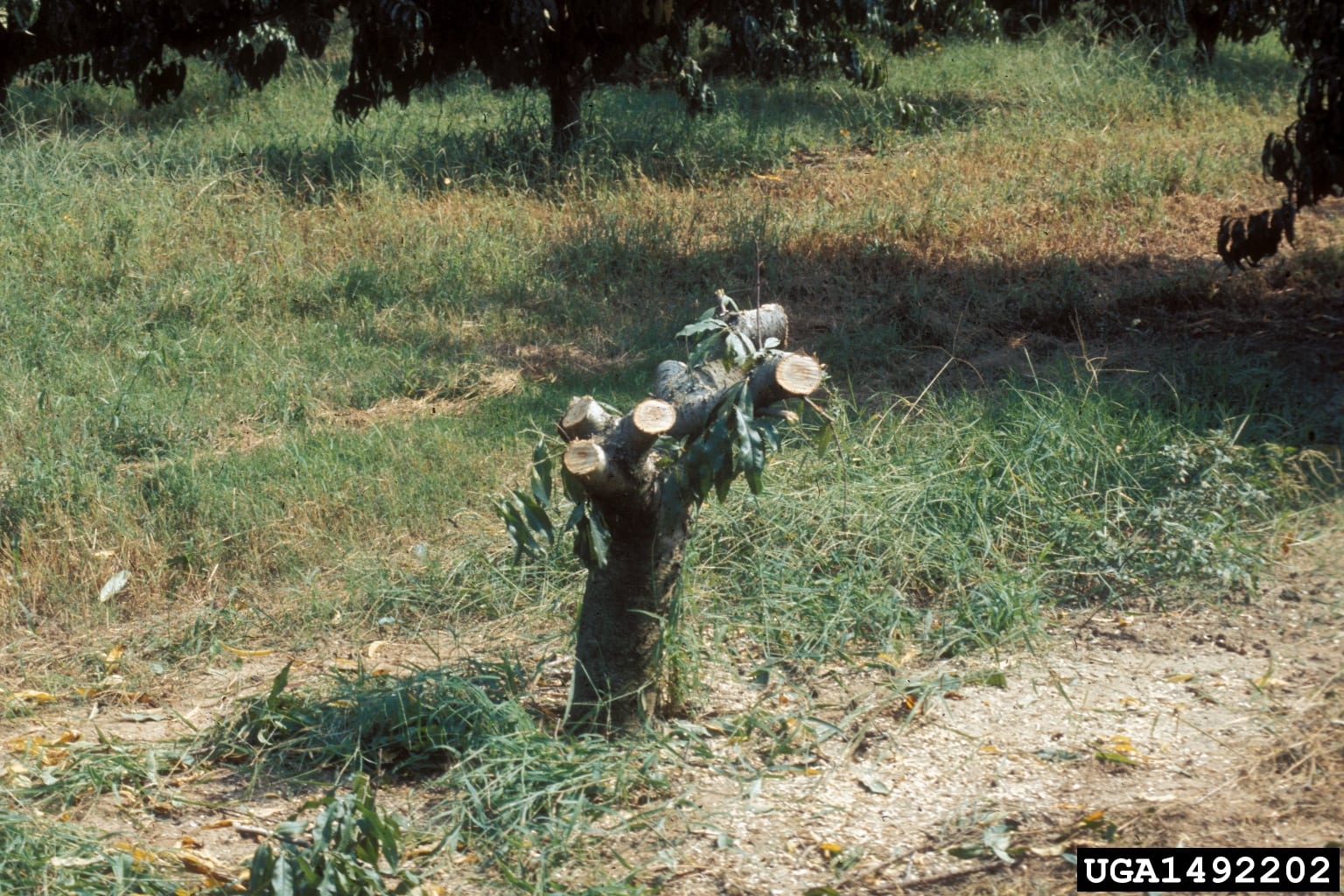Peach Trees
Who doesn’t love the sweet taste of a plump, juicy peach? When you know how to grow a peach tree, you can soon enjoy these scrumptious fruits every year from your own garden. The following pages are loaded with growing tips for peach trees so you can do just that. You’ll learn how to manage problems with peaches and what it takes to ensure adequate peach tree care. So keep reading to reap the benefits from growing your own peaches.
-
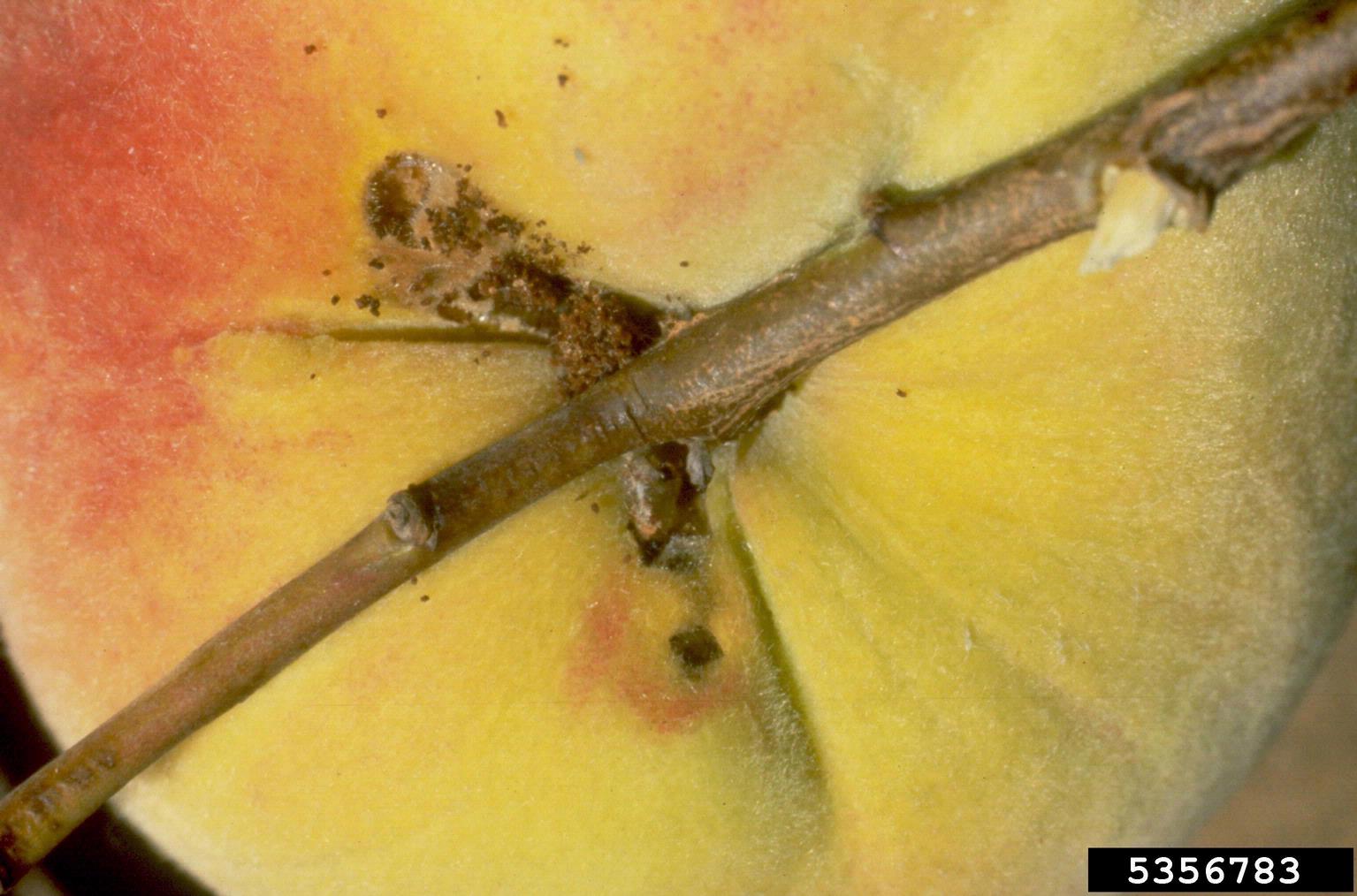
What Are Peach Twig Borers: Learn About The Peach Twig Borer Life Cycle
Peach twig borers are the larvae of plain-looking gray moths. They damage new growth by boring into the twigs, and later in the season they bore into the fruit. Find out how to manage these destructive pests in this article.
By Jackie Carroll
-
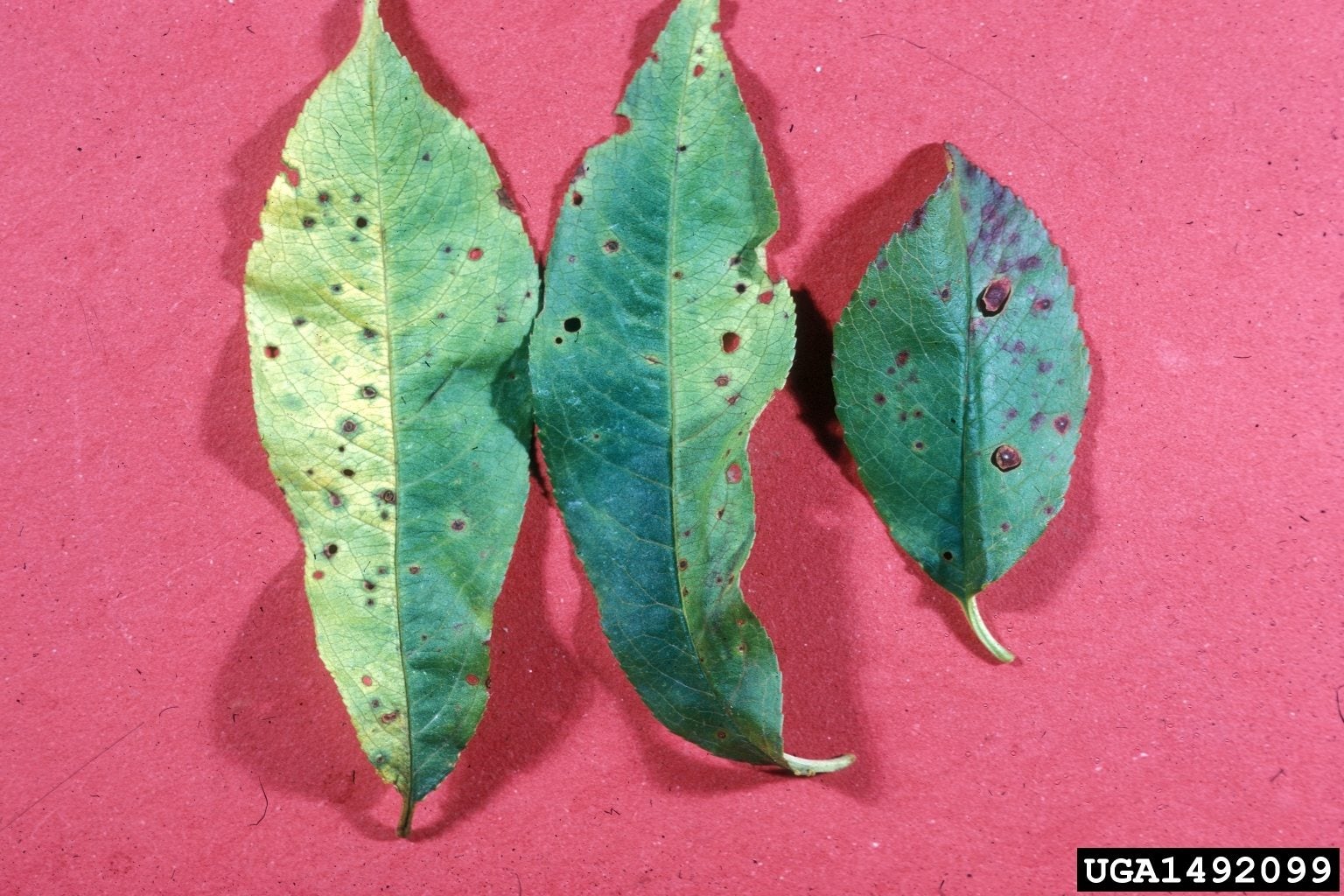
Peach Tree Leaf Spot: Learn About Bacterial Spot On Peach Trees
Bacterial spot on peach trees results in loss of fruit and the overall malaise of trees caused by recurrent defoliation. Also, these weakened trees are more susceptible to winter injury. Learn more about the disease and its treatment in this article.
By Amy Grant
-
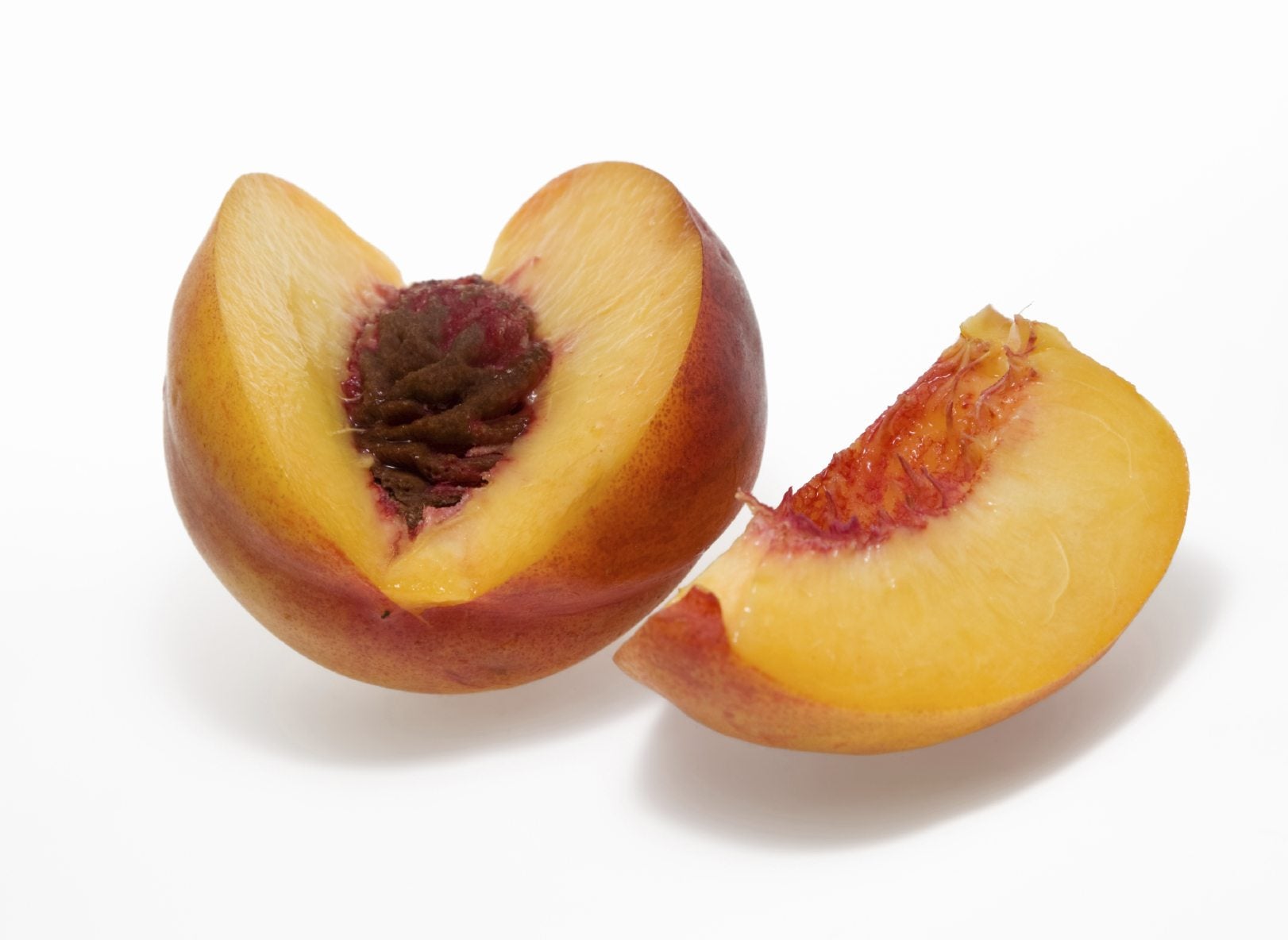
Clingstone Vs Freestone: Learn About Different Stones In Peach Fruit
Peaches are members of the rose family, amongst which they can count apricots, almonds, cherries and plums as cousins. Narrowing down their classification comes down to the types of stones in peaches. What are the different peach stone types? Find out here.
By Amy Grant
-
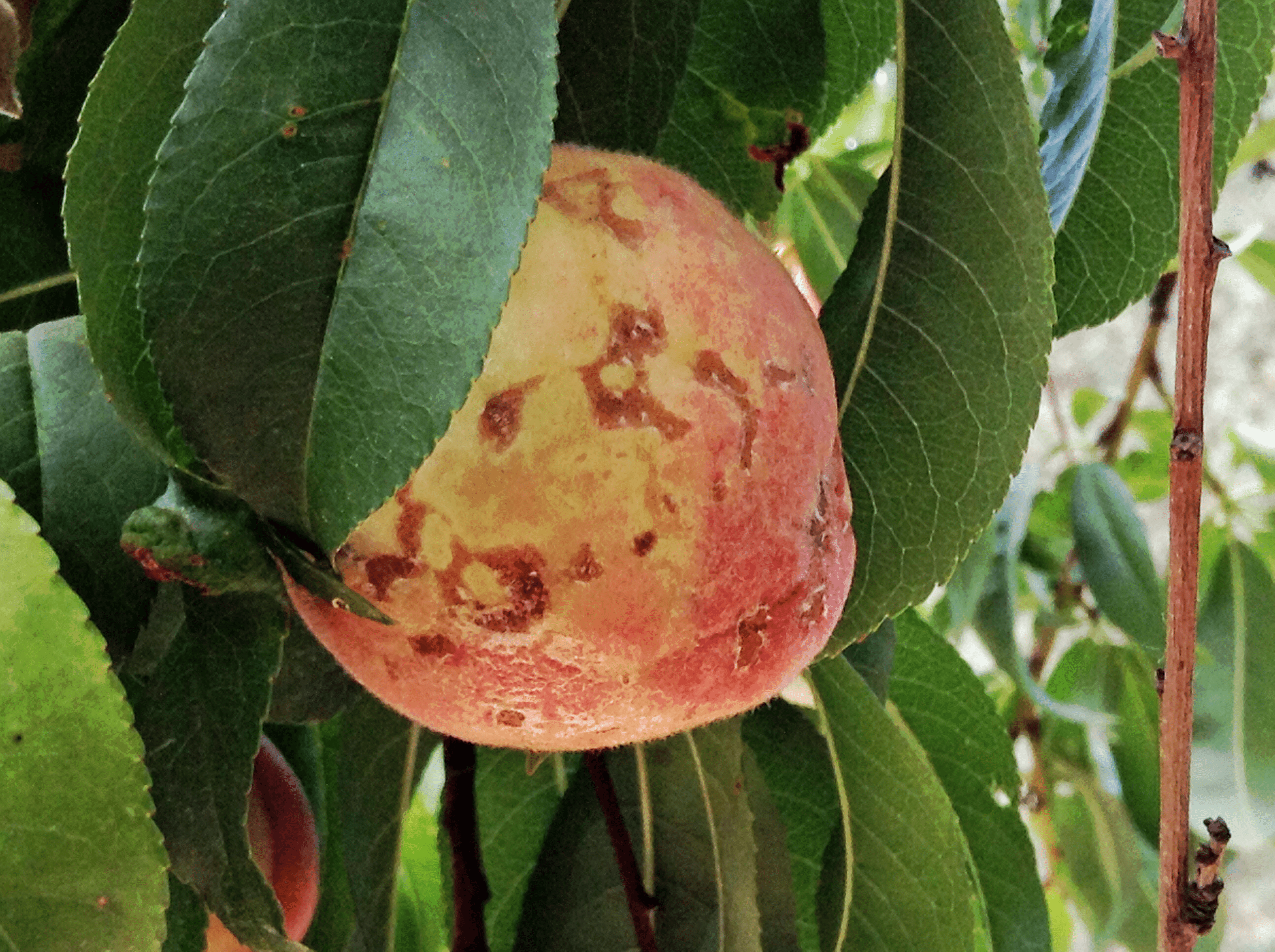
Brown Spot On Peach Fruit: Learn About Peach Scab Treatment
Growing peaches in the home garden is very rewarding. Unfortunately, peaches are prone to disease. Finding a brown spot on peach fruit may be an indication of peach scab disease. Learn more here.
By Susan Patterson
-
Peach Cotton Root Rot Info – What Causes Peach Cotton Root Rot
Cotton root rot of peaches is a devastating soil-borne disease that affects not only peaches, but also more than 2,000 species of plants, including cotton, fruit, nut, and shade trees, and ornamental plants. Learn more about this problem and its control here.
By Mary H. Dyer
-
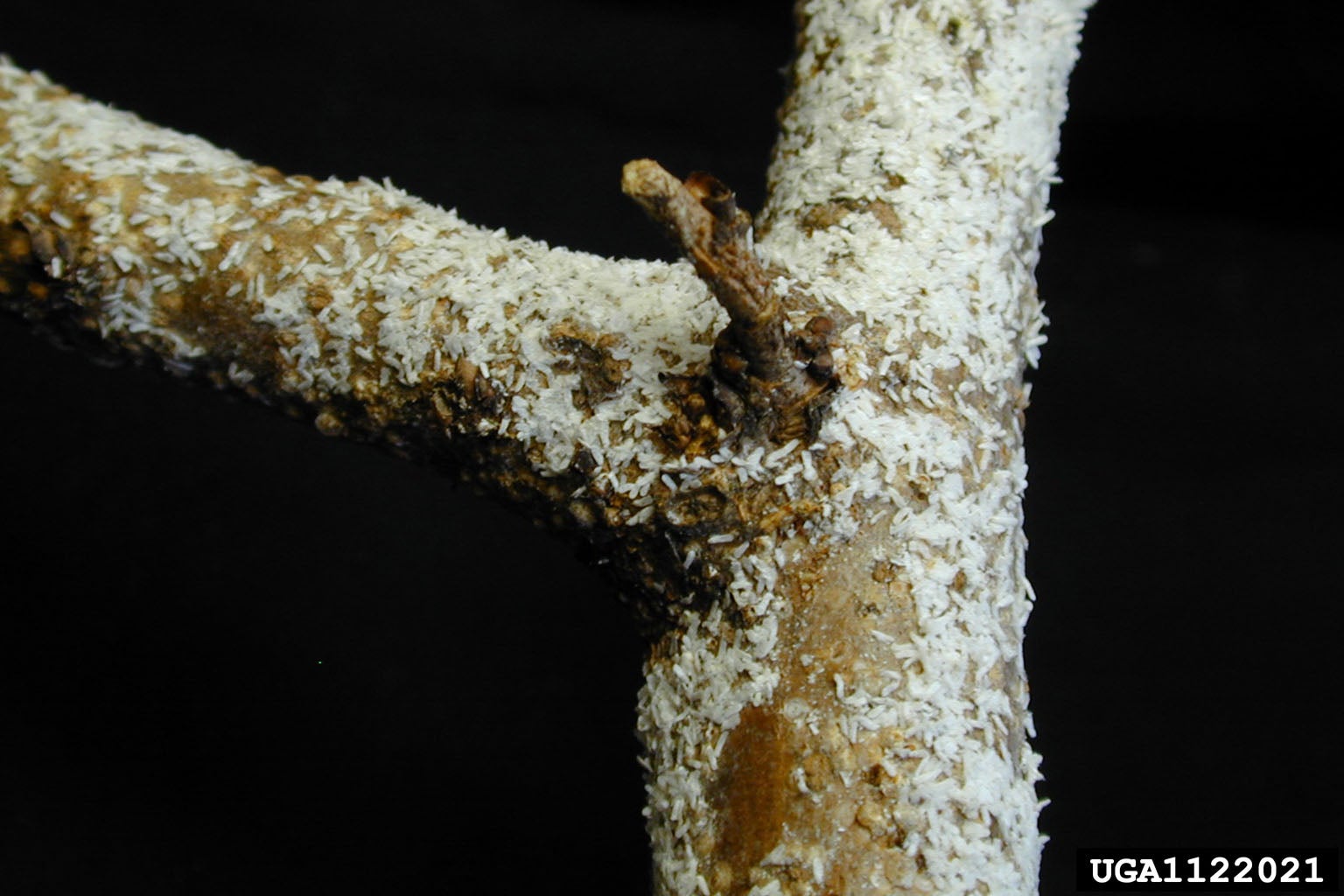
Control Of White Peach Scale: White Peach Scale Treatment Options
White peach scale has significant impacts on commercial peach growing operations. White peach scale insects cause leaves to yellow and drop, decrease fruit production, and lead to premature death of the tree. For more information on treatment, click here.
By Laura Miller
-
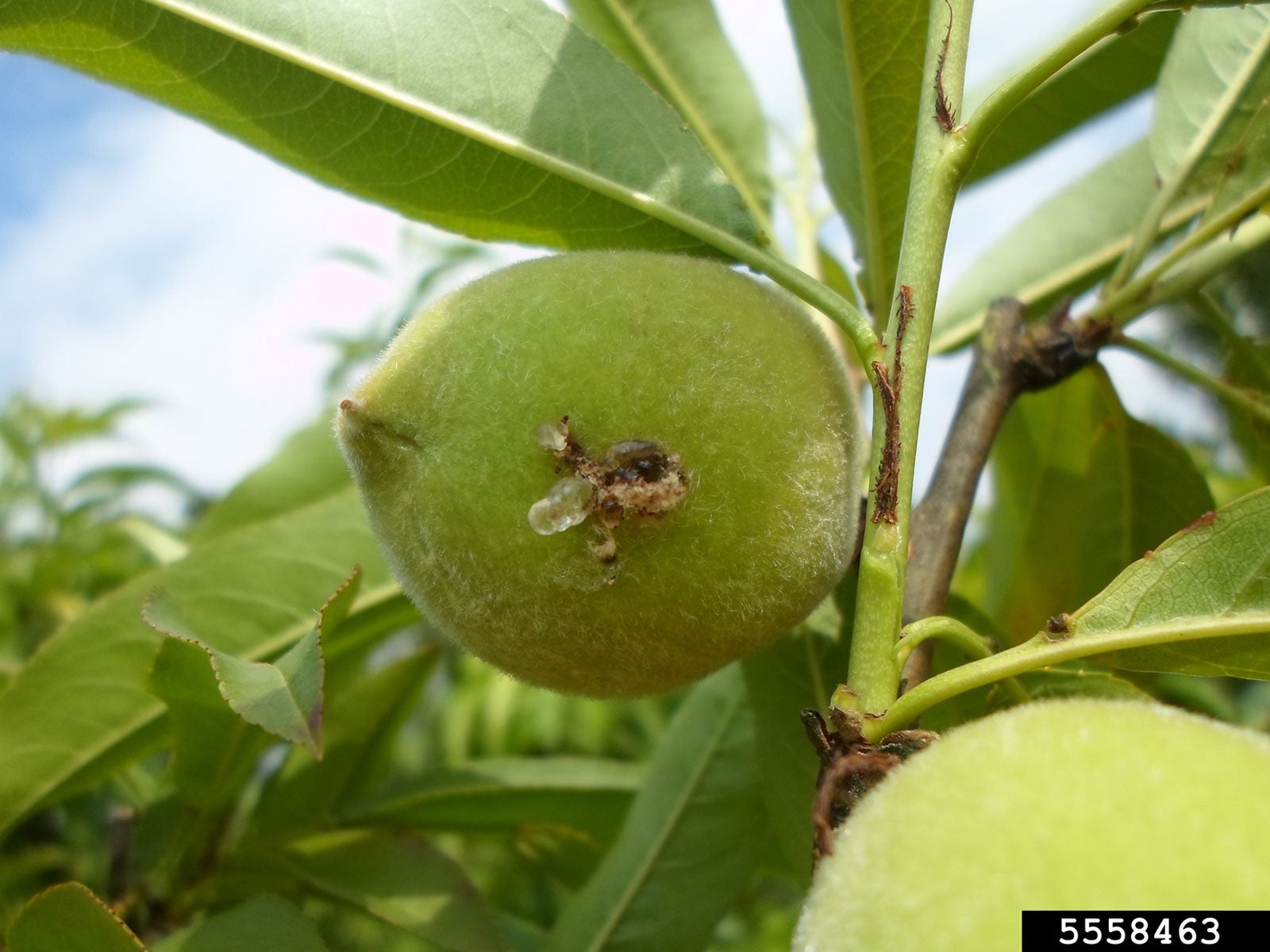
Fruit Moth In Peaches – How To Kill Oriental Fruit Moths On Peaches
One nasty little pest that wreaks havoc in a number of fruit trees is the oriental fruit moth. Although troublesome for a number of fruits, it is particularly fond of nectarines and peaches. For some helpful information regarding these pests and your peaches, click here.
By Mary H. Dyer
-
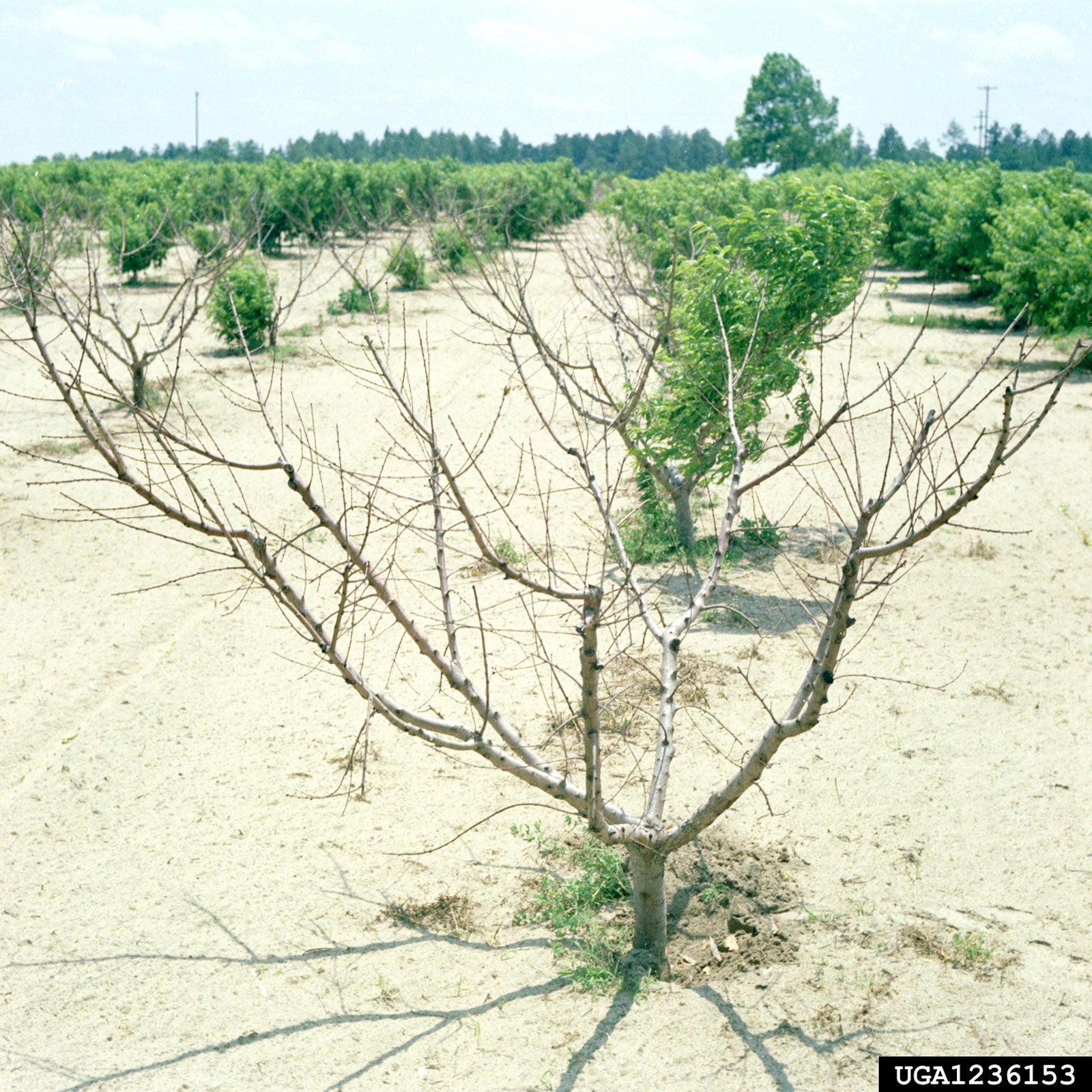
What Is PTSL: Information About Peach Tree Short Life Disease
After only a few years of doing well in the home orchard, some peach trees will collapse and quickly die. This is the likely result of PTSL, peach tree short life disease. To learn about the causes of this disease and tips for prevention, click the following article.
By Teo Spengler
-
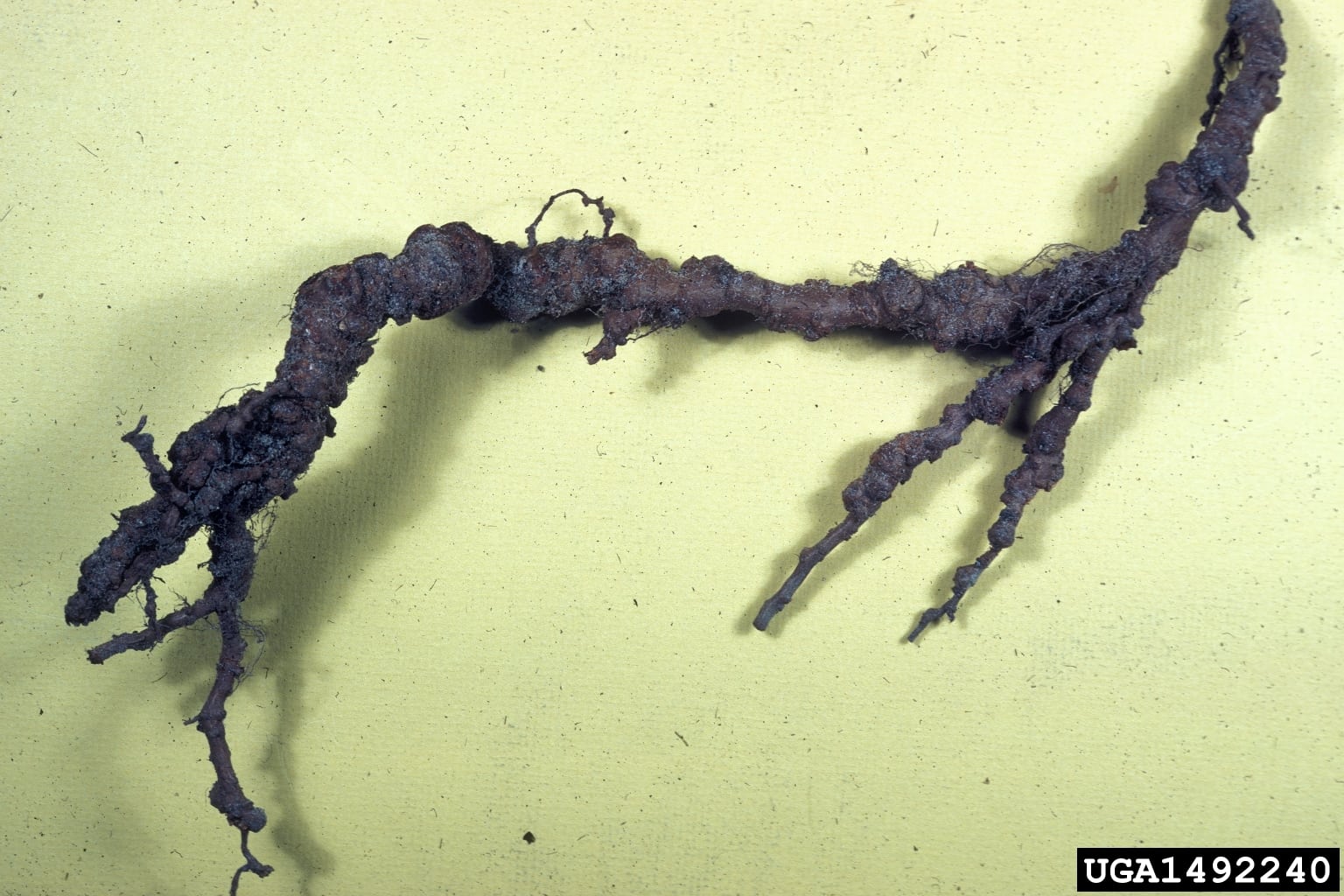
Nematodes In Peach Trees – Managing A Peach With Root Knot Nematodes
Peach root knot nematodes are tiny roundworms that live in the soil and feed on the roots. The damage is sometimes insignificant. However, in some cases, it may be severe enough to weaken or kill the peach tree. Explore peach nematode control in this article.
By Mary H. Dyer
-
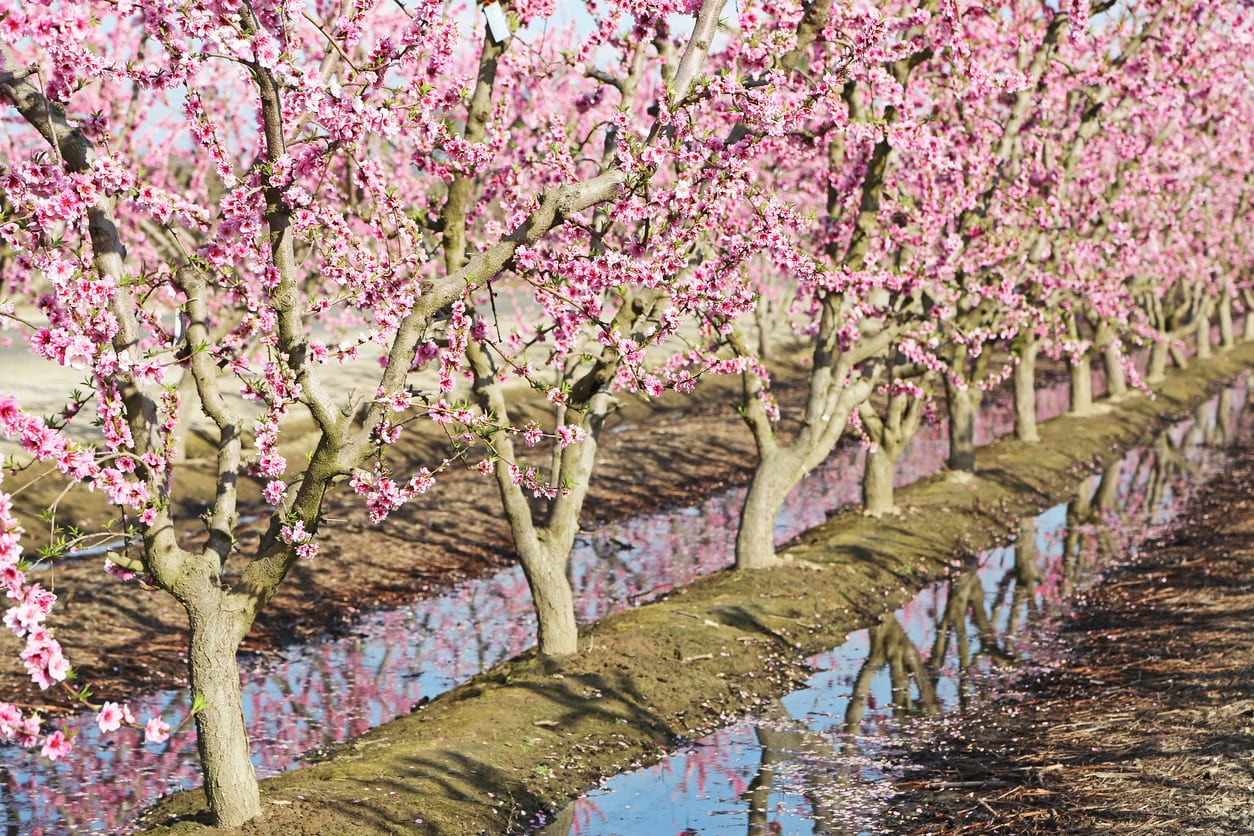
Treating Waterlogged Peach Trees – Is It Bad To Have Peaches In Standing Water
Peach waterlogging can be a real problem when growing this stone fruit. Peach trees are sensitive to standing water, and the issue can reduce crop yield and even kill a tree if it is not addressed. Learn how to prevent this from happening in this article.
By Mary Ellen Ellis
-
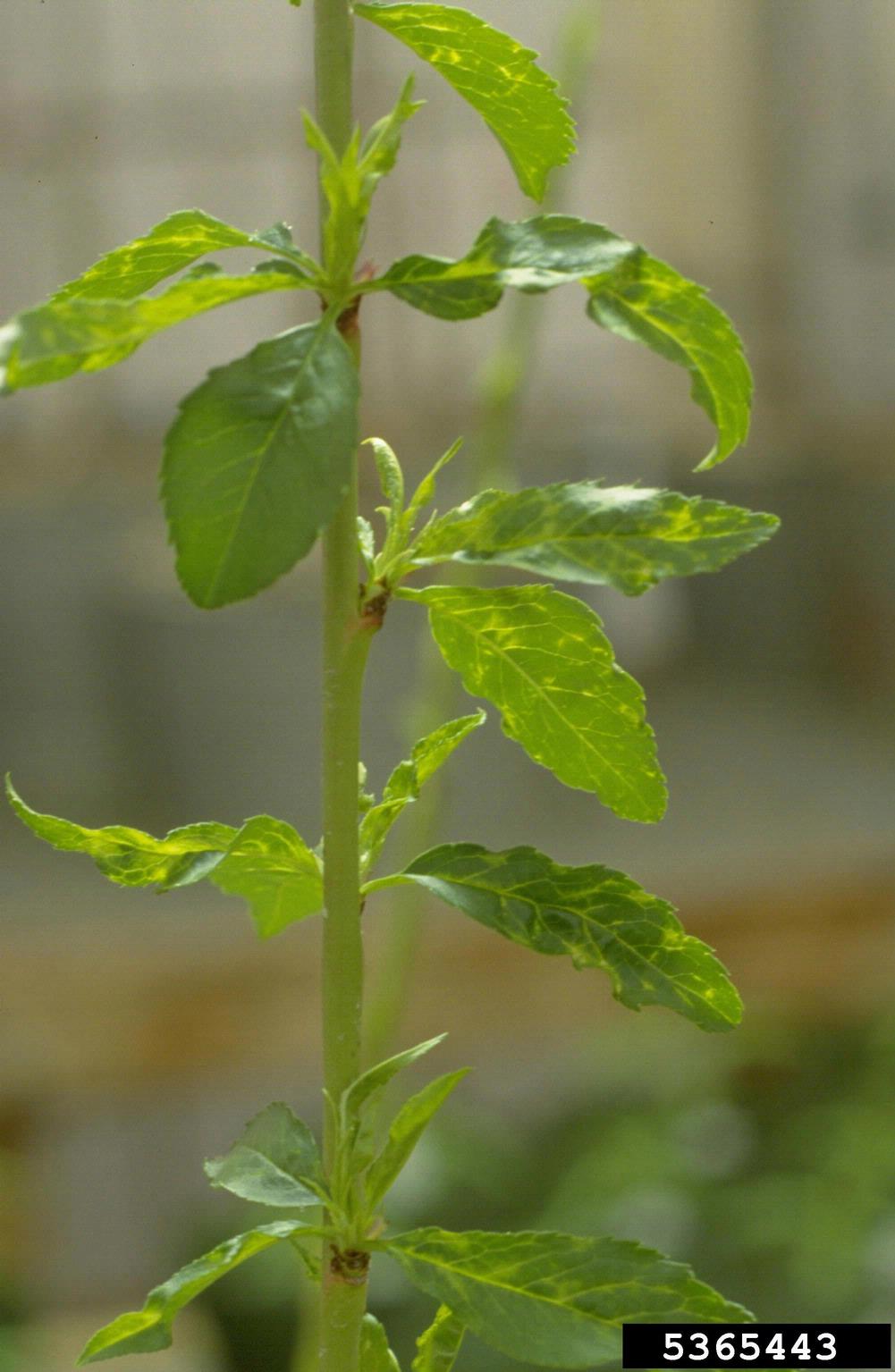
Mosaic Virus Of Peach Trees – Treating Peach With Mosaic Virus
Life is just peachy unless your tree has a virus. Peach mosaic virus affects both peaches and plums. There are two ways the plant can become infected and two types of this disease. Both cause significant crop loss and plant vigor. Learn more in this article.
By Bonnie L. Grant
-
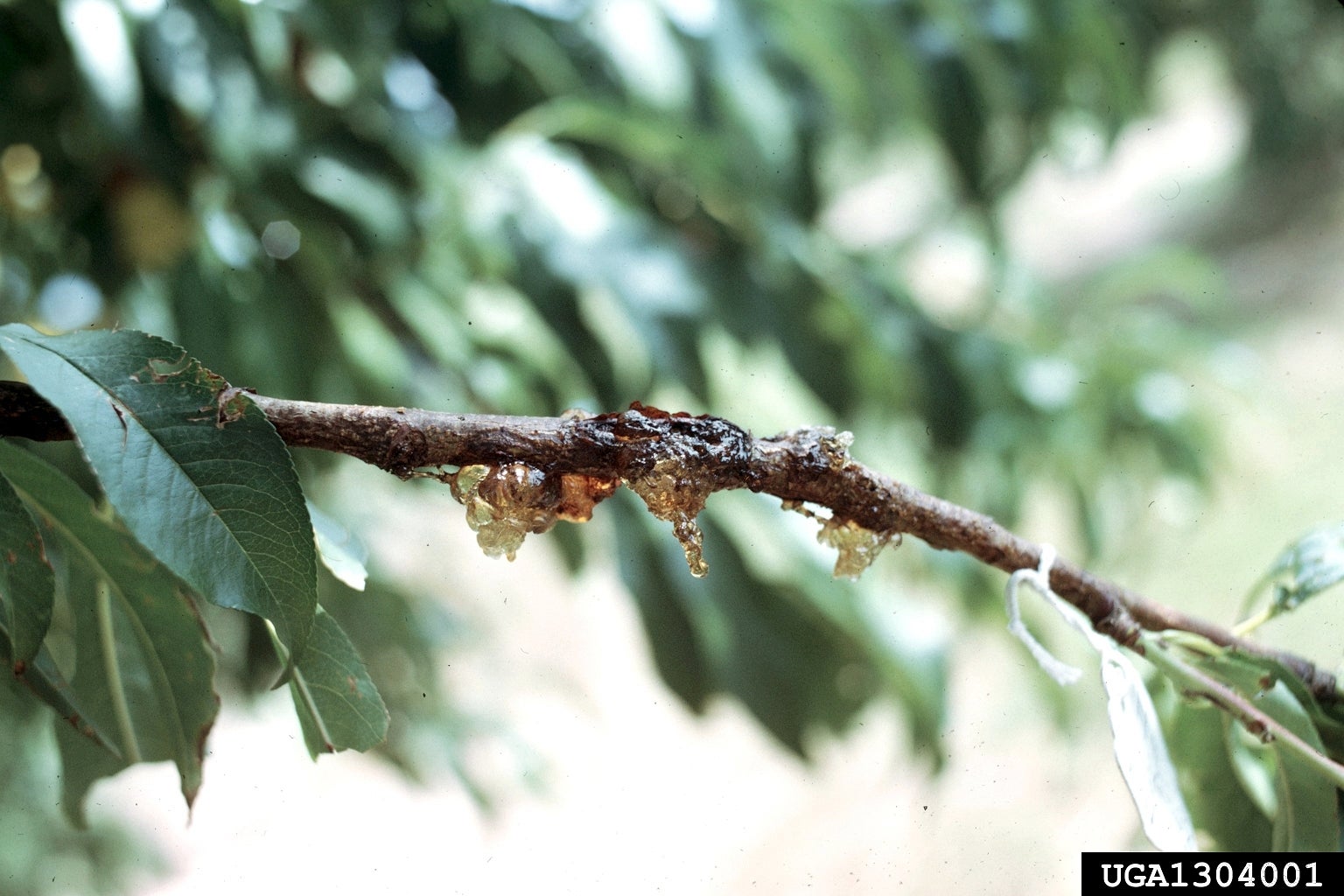
Peach Gummosis Fungus Info – Treating Peaches With Fungal Gummosis
Gummosis is a disease that affects peach trees and takes its name from the gummy substance that oozes from infection sites. Healthy trees can survive, but you should take steps to prevent the spread of the fungus to prevent and manage infection. This article will help.
By Mary Ellen Ellis
-
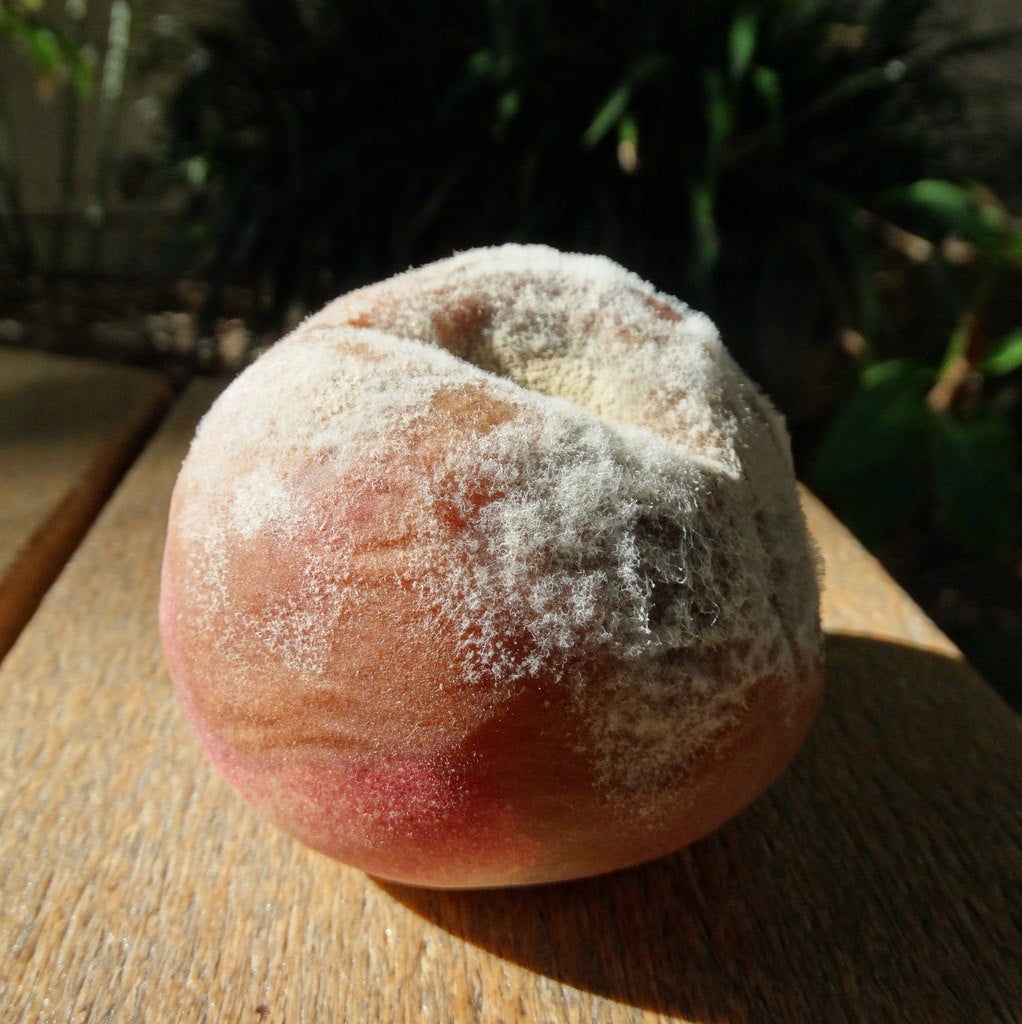
Peach Brown Rot Control: Treating Brown Rot Of Peaches
Growing peaches in a home orchard can be a great reward come harvest time, unless your trees are hit by brown rot. Peaches with brown rot can be completely destroyed and become inedible. Learn how to manage this fungal disease in the following article.
By Mary Ellen Ellis
-
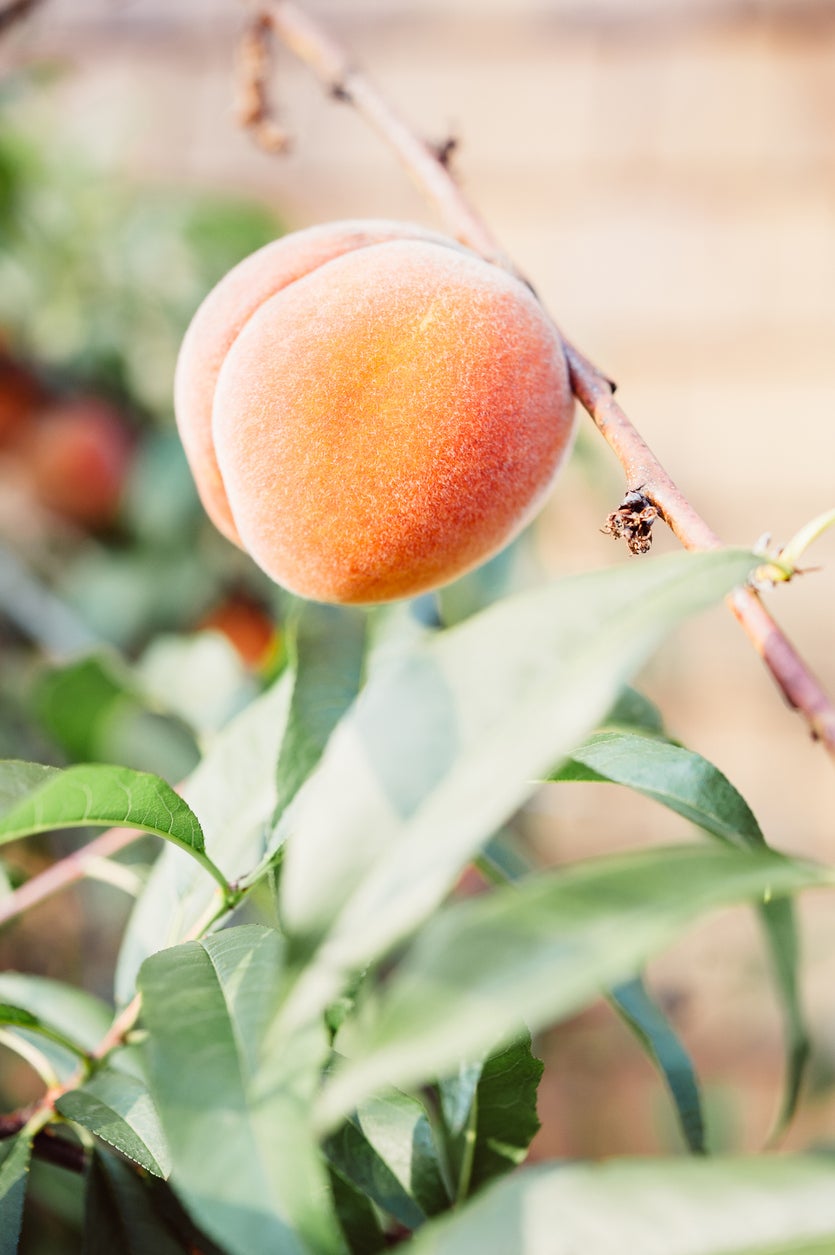
Intrepid Peach Care – How To Grow An Intrepid Peach Tree Variety
What is an Intrepid peach? It has been around for a few decades and is characterized by its ability to retain flower buds even in cold snaps. The fruit is the real showstopper, with large peach crops and sweet flavor. Learn more about growing this peach tree here.
By Bonnie L. Grant
-
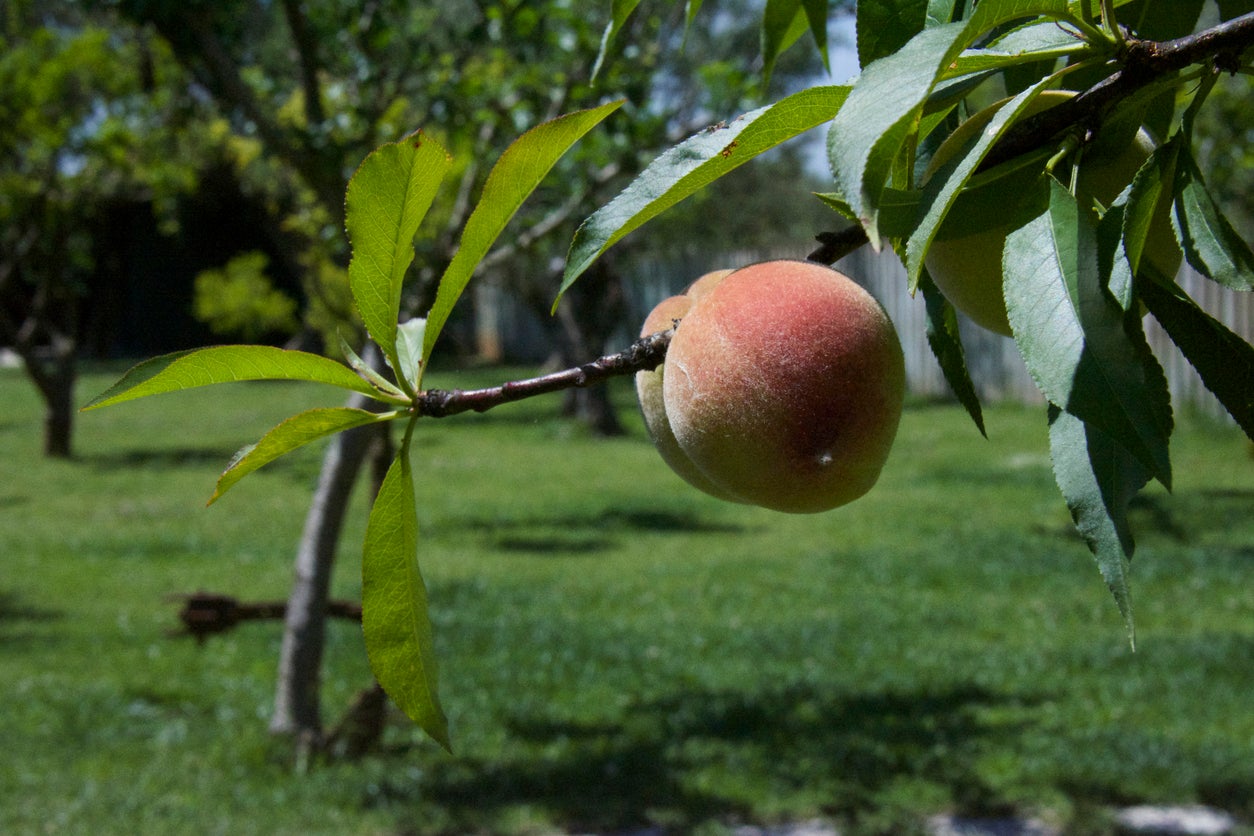
Belle Of Georgia Peaches – Tips For Growing A Belle Of Georgia Peach Tree
If you want a peach that is the belle of the ball, try Belle of Georgia peaches. Gardeners in zones 5 to 8 should try growing a Belle of Georgia peach tree. The brilliant red flowers, multi-purpose fruits, and disease-resistant attributes make it an outstanding tree. Learn more here.
By Bonnie L. Grant
-
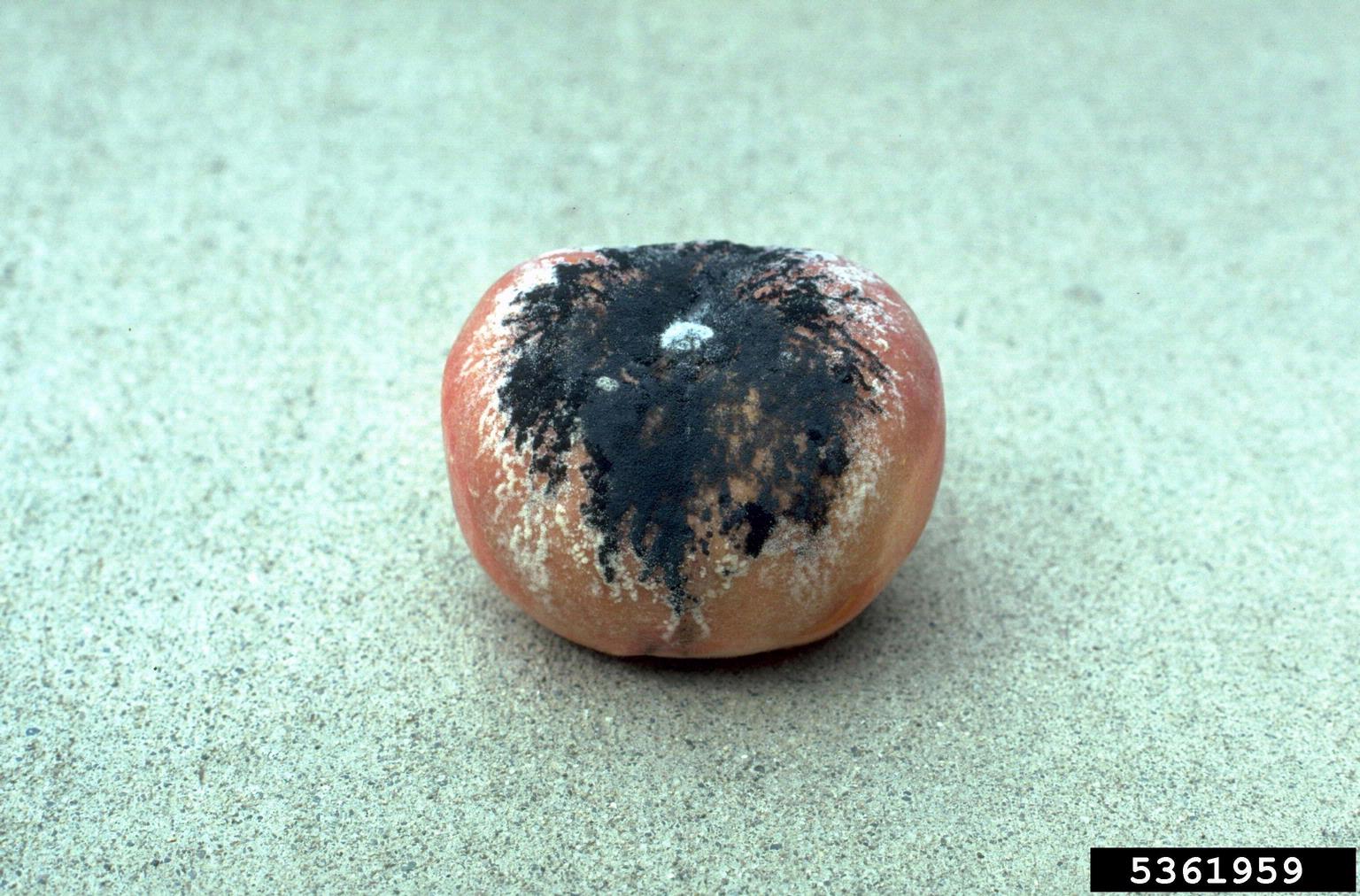
Peach Rhizopus Rot Control: How To Treat Rhizopus Rot Of Peaches
There’s nothing better than homegrown peaches. But even after you’ve harvested your peaches, it’s possible for disaster to strike. One common post-harvest disease is rhizopus rot. Learn more about peach rhizopus rot symptoms and treatment options in this article.
By Liz Baessler
-
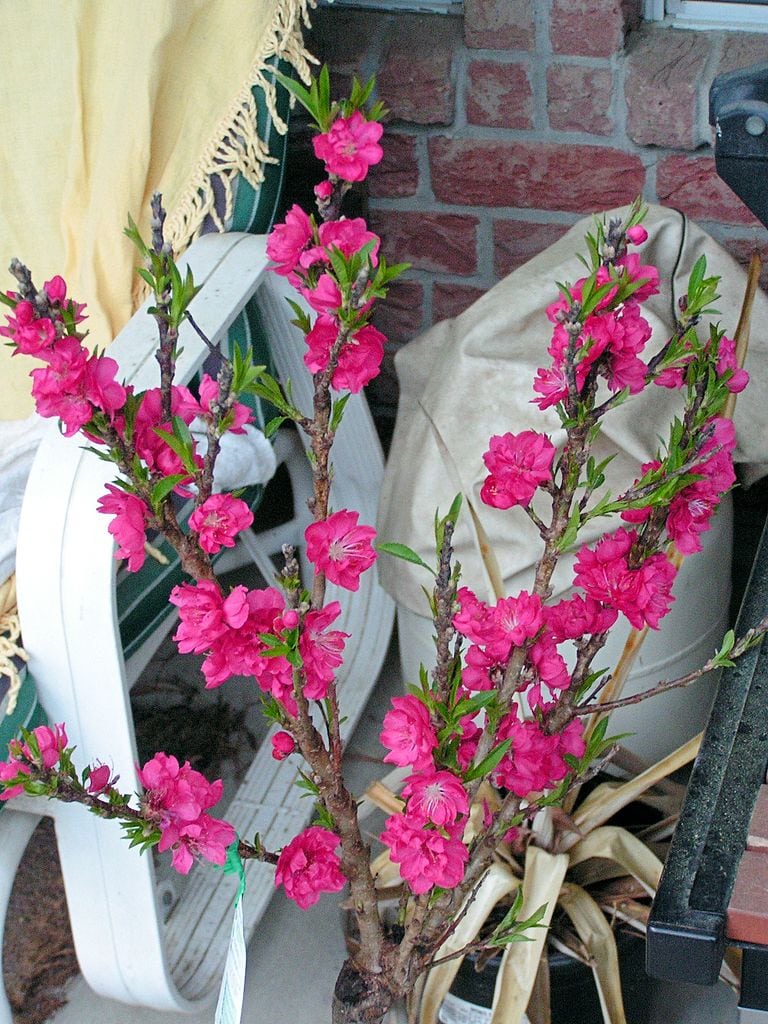
Bonanza Peach Growing – How To Care For A Bonanza Peach Tree
If you’ve always wanted to grow fruit trees but have limited space, Bonanza dwarf peaches are your dream come true. These miniature fruit trees can be grown in small yards and even in patio containers, and produce full-size, delicious peaches. Learn more in this article.
By Mary Ellen Ellis
